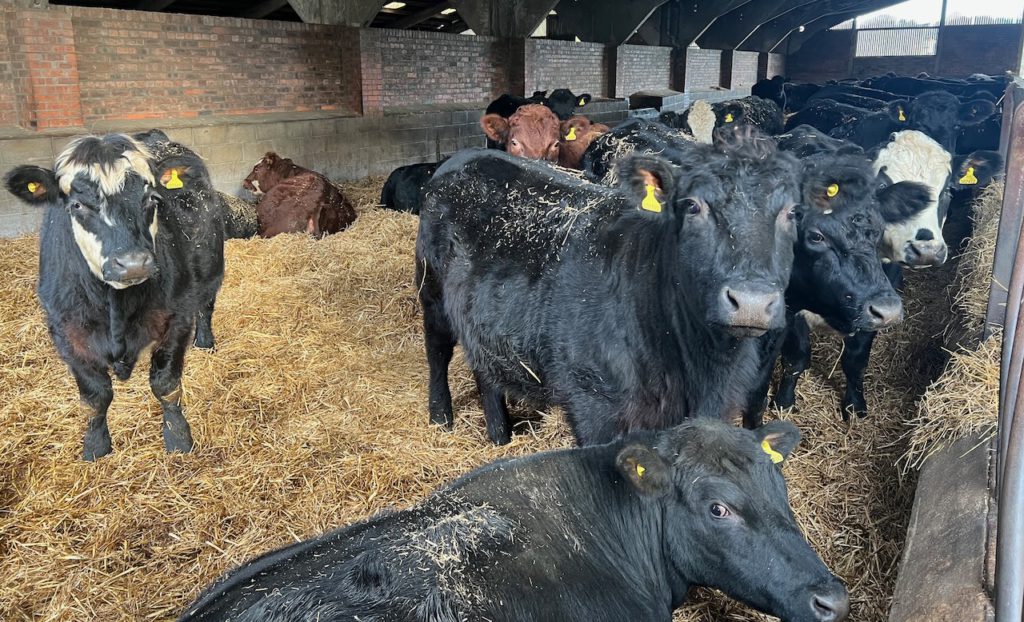What do we mean by livestock emissions?
Emissions from livestock cover two broad categories:
- Enteric methane emissions (this is the methane produced by the animals digestion)
- Greenhouse gas emissions from the manure and slurry produced by the animals.
When you enter a group of animals in the Farm Carbon Calculator e.g. 100 dairy cows, the Calculator will consider both enteric methane emissions and the nitrous oxide, ammonia and methane emissions associated with the manure or slurry those 100 dairy cows produce over the course of 1 year.
It is really important to enter the average number of animals in a category over the course of the year rather than the total number. For example, if you have 100 dairy calves on farm for only 6 months of the year, you should enter 50 dairy calves. Otherwise the Calculator will have to assume that all 100 calves are on farm for all 365 days of the year, which would overestimate the enteric methane production and the amount of manure produced.

Why do the emissions associated with livestock vary?
In the Farm Carbon Calculator, we ask users to tell us the number of livestock in a range of different livestock categories. The emissions produced by animals will vary based on:
- Number of livestock (more animals means more emissions)
- Liveweight of animals (larger animals tend to produce more manure)
- Type of livestock (ruminants produce enteric methane, monogastrics don’t. Each type of animal has its own “rate of excretion” and different animals’ manures produce methane at different rates)
- Pregnancy and lactation (pregnant or lactating cattle produce more enteric methane for their size)
- Manure or slurry storage (rates of methane and nitrous oxide, emitted indirectly through leaching and ammonia volatilisation, vary depending on how the manure is stored and for how long)
- Where manure/ slurry is spread (if manure is spread, the type of land it is spread on will affect the rate of indirect nitrous oxide emissions through leaching).
What about slurry covers, storage bags, slurry bugs etc… ?
We are actively working on incorporating a lot more options into the Farm Carbon Calculator to allow users to give more detail on their manure management practices. We plan to include options in 2024 for sending manure and slurry to anaerobic digestion, adding detail on slurry pit coverage, storage timing, and different application or incorporation methods for slurry (e.g. trailing shoe versus splash plate).
We are also researching the possibility of including slurry bugs (bacteria that inhibit greenhouse gas production from slurry stores) and chemical nitrous oxide inhibitors (that reduce the emission of greenhouse gases when the slurry is applied to the soil) as options so that users can show the benefits of these in reducing their slurry emissions. Similarly, we would like to be able to include methane inhibitors that can help to reduce enteric methane emissions for livestock.. To date though, the quality of independent scientific evidence for these management practices is very variable and different products show variable results depending on the farm environment, so it is harder for us to give robust estimates of the effect they will have on a farm’s emissions.

